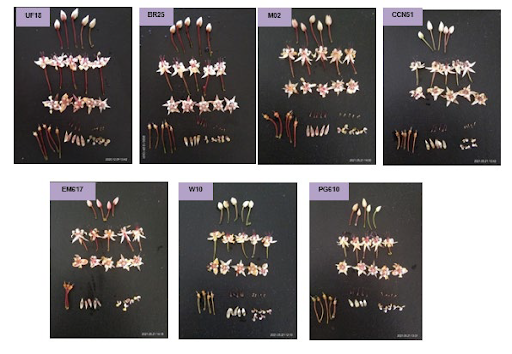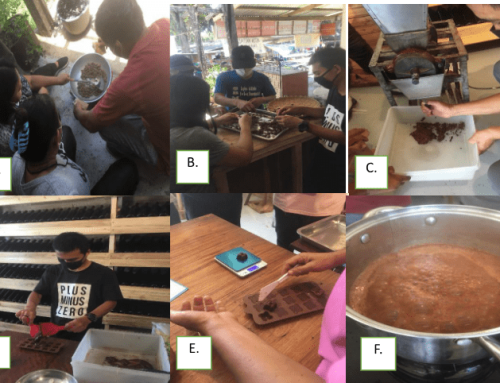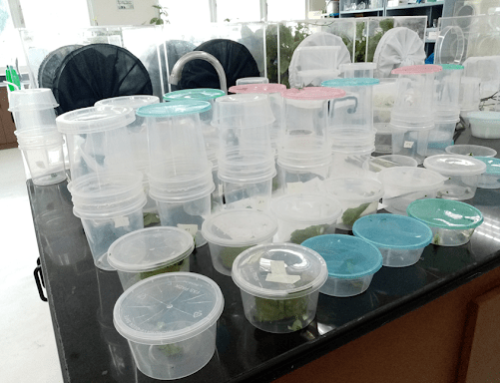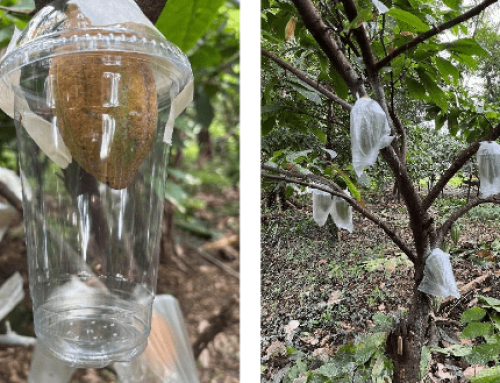In this Article

Field experiment was conducted to determine the adaptability and performance of ten promising cacao varieties in different agro-climatic zones in the Philippines. The experiment was laid out in RCBD with three replications in 3m x 3m planting distance following Good Agricultural Practices (GAP). The experiment was conducted in six locations representing different agro-climatic zone.
Performance of ten cacao varieties differ significantly across six locations in terms of the number of branches, plant height and stem diameter at 12 months after planting (MAP), indicating that agro-climatic condition of the area has a significant influence on the growth and development of cacao. Furthermore, highest number of branches, plant height and stem diameter were observed for Type III climate (USM, SKSU).
For USM experimental site, significant differences were observed for leaf, flower, pod and bean characteristics among 10 varieties. Leaf shoot color ranged from light green to dark red and ovate leaf shape was predominant among varieties. CCN 51 was found to have the biggest pod with pod length (232.81 mm) and pod width (101.62 mm). Significant differences were also observed for yield components among the varieties tested. PG610 was found to have the greatest number of beans per pod (45.53) and lowest pod index (16.92). Furthermore, W10 had the most number of pods harvested per tree (38.24) and pod index (18.60) which is at par with check variety BR 25 with 46.58 and 33.58 respectively.
Moreover, yield performance and other agronomic and bean characteristics is yet to be determined when all the data for cacao varieties across six locations have been gathered and completed.
Common insect pests observed in the field were June beetle, mealybugs, pod borer. Furthermore, leaf spot, leaf blight, vascular streak dieback, pink disease and pod rot were observed disease but no notable damage to the experimental site.
Results showed there is a great morphological diversity among the promising varieties which can be used for germplasm collection and future cacao breeding and improvement. Moreover, varieties with good yield performance can be recommended for registration to NSIC and varietal release.








